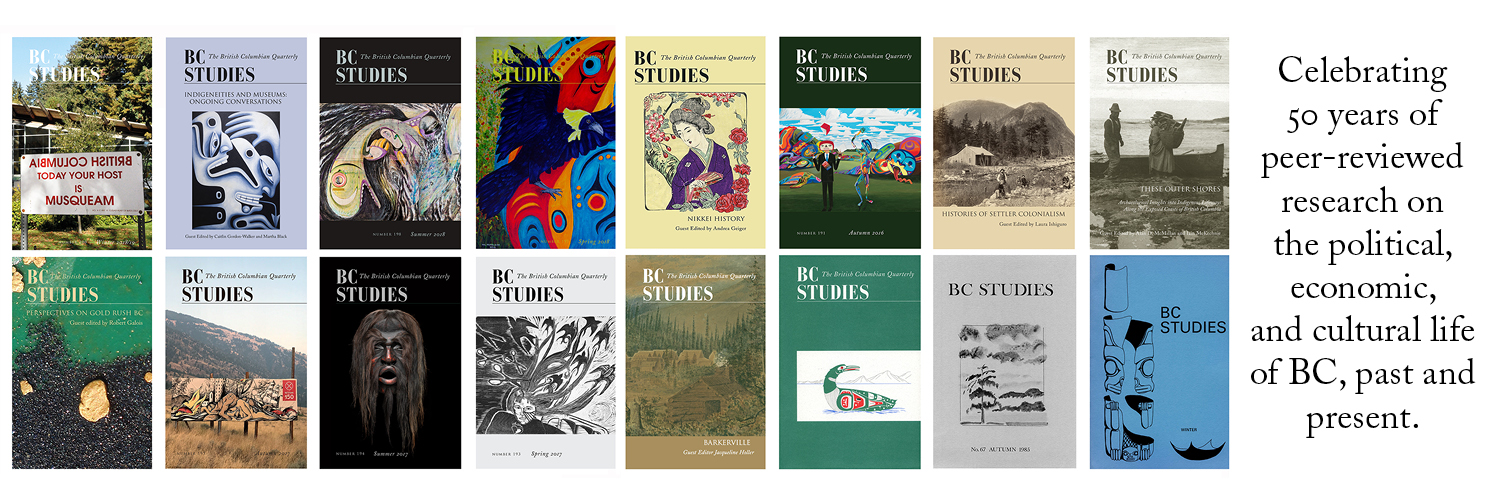Tenant Organizing and the Campaign for Collective Bargaining Rights in British Columbia, 1968–75
DOI:
https://doi.org/10.14288/bcs.v0i206.192318Keywords:
housing, legislation, politics, real estateAbstract
British Columbia’s Residential Tenancy Act is premised on an understanding of residential tenancies as individual contractual relationships. Tenants cannot engage in collective action against their landlords for fear of breaching their contractual obligations. However, there was a time when associations of tenants nearly secured collective bargaining rights and the recognition of tenants as a class with significant influence in the municipal regulation of residential tenancies. This paper explores the history of the tenants’ movement, 1968–75, that struggled and failed to obtain collective bargaining rights for tenants. It follows the growth of the tenants’ movement from collectives of tenants in individual apartment complexes to a provincial coalition of tenants’ associations that achieved significant protections for tenants in municipal by-laws and provincial legislation. It then chronicles how the New Democratic Party government of 1972–75 was elected on a promise to grant collective bargaining rights to tenants but instead denied class rights in favour of establishing a provincially-regulated administrative body to mediate individual disputes. The basic shape and structure of today’s Residential Tenancy Act can be traced to the reforms of this period.



